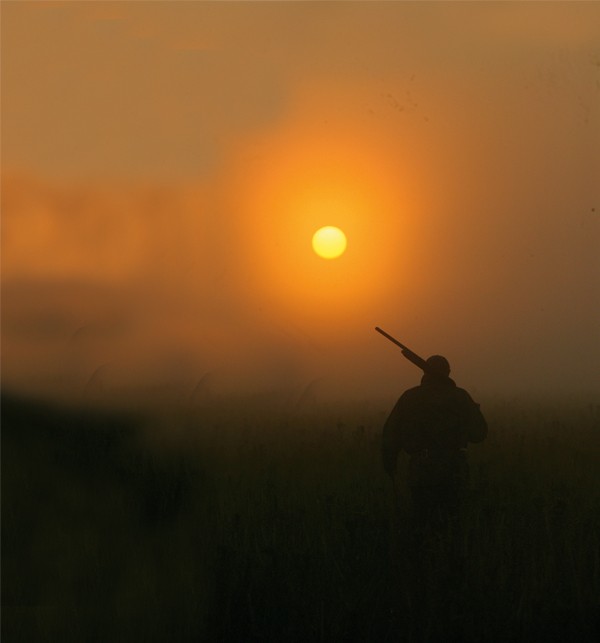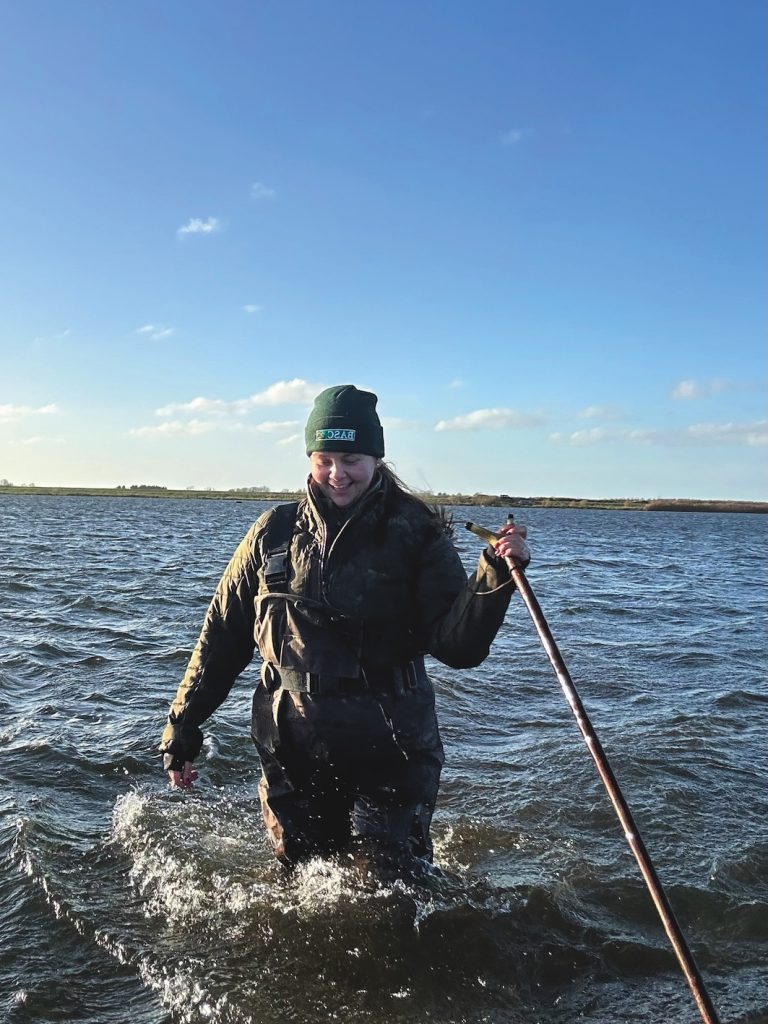Win CENS ProFlex DX5 earplugs worth £1,149 – enter here
130 years of sport
<strong>Revisiting the first issue of Shooting Times</strong>

One of the wonderful aspects of shooting is the link it provides with the past. We take comfort in the fact that the cycle of the seasons and many traditions associated with our sport have not changed for centuries. It seems fitting, then, that the 9 September 1882 issue of Shooting Times bears an uncanny resemblance to today?s.
Coincidentally, 1882 clearly had a very poor summer, which played havoc with wild partridge broods. The magazine refers to the great numbers of young birds which died during the wet weather in the breeding season. Similarly this year the GWCT predicts lower numbers because of the poor weather we had in the crucial period for chick survival in June.
In 1882, the wet had continued into September with the first day of the season opening under somewhat unfavourable circumstances on the whole rain falling in many districts. Wet weather had also delayed that harvest, a reminder that farmers will always be at the mercy of the climate: Very little grain having been as yet cut down, a week or two must elapse before shooting can be vigorously prosecuted.
Another coincidence is the first breed standard for the Bedlington terrier, which was published in the first issue of Shooting Times. Fast-forward 130 years and John Glover writes about correct conformation of the Bedlington and the need to return this terrier to its former working glory. From the original issue, here is a description of what the skull shape should be: Narrow, but deep and rounded; high at occiput, and covered with a nice silky tuft or top-knot.
The structure of the magazine is also similar. There was, as today, a Sporting Answers section, alarmingly advising S.W. in 1882 that For 12-bore barrels built for Kynoch cartridges you must use the cases that correspond to 14-bore paper cases; barrels which take Kynoch cases of the size corresponding to 12-bore paper cases are undoubtedly 10-bores. The difference in the thickness between the paper and metal accounts for it.
An article on choice of gun and load, which could have been written by our own Lewis Potter, advises on suitable cartridges and barrels for different ranges, posing the question What is the use, I should like to know, of having, for instance, a long range choke for partridge shooting on the ?First? in the first week or two of September?
Though methods have changed a bit in the intervening 130 years, a piece on gundog training titled Teaching your dog to retrieve recommends using a dummy for practice: Prepare a roll of wooden cloth about four inches long and one inch and one half through, well sown along the edge where it is rolled. With this in your hand, open the dog?s mouth, place the roll in it with the command ?Pick it up,? holding the mouth shut for a few seconds. Repeat this several times? Then take the roll in one hand, present it to the dog with the same command and, as he does not notice it catch him with the other hand by the nose and upper lip, twisting them upward and over with a sharp grip of the fingernails. This hurts him and causes him to cry out; then thrust the roll into his mouth, repeating the command, and shut his jaws together.
We take a more enlightened view of dog training today, but the most striking difference between 1882 and now are the reports of abundant wildlife then. English partridges are a rare sight in Devon now, but then they were widespread: The effect of unfavourable weather at breeding time was seen in coveys being generally small; but, in spite of this, reports come from several districts of good bags having been made.
It is a great shame that the thrilling roughshooting offered by the grey partridge as described in the first Wildfowler?s Shooting Timesand Kennel News is almost completely lost to us. A huge part of the sporting heritage enjoyed by our forefathers has vanished bar tiny pockets that cling on thanks to shooters? efforts. What sport we could be having today, and could have in the future!
One form of shooting which remains accessible is wildfowling, and the fact that the first issue of Shooting Times devoted so much space to its description shows how much roughshooting is at the agazine?s heart. A tradition of writing taken up by the likes of Stanley Duncan, BB, John Humphreys and Nick Millman today began in 1882. These writers celebrate the unchanging nature and tranquillity of the foreshore and the satisfaction of a day?s shooting. It is a feeling which is a mystery to those who have never experienced the timeless pleasure that will no doubt continue for another 130 years, as described in The Shooter all those years ago: And so things go on, sometimes lots of shot turning up, at other times the fowl are scarce. When the flight is over, and there is no moon homewards to the keeper?s cottage we must wend our way, and, with a cigar between our lips, we pick our steps along the slippery bank. Then the keeper collars the guns and tells you the news as you walk along the dark country lanes. By and bye, you go up the drive; the dogs hear you and bark their welcome. Supper, a glass, and a pipe or a cigar, and: ?Good night, Keeper, call me at four tomorrow morning.? ?Right, sir.? The house falls into a profound silence, everyone has retired for the night, and we soon drop into that deep, restful sleep, which is only truly enjoyed by the tired sportsman.
Related Articles
Get the latest news delivered direct to your door
Subscribe to Shooting Times & Country
Discover the ultimate companion for field sports enthusiasts with Shooting Times & Country Magazine, the UK’s leading weekly publication that has been at the forefront of shooting culture since 1882. Subscribers gain access to expert tips, comprehensive gear reviews, seasonal advice and a vibrant community of like-minded shooters.
Save on shop price when you subscribe with weekly issues featuring in-depth articles on gundog training, exclusive member offers and access to the digital back issue library. A Shooting Times & Country subscription is more than a magazine, don’t just read about the countryside; immerse yourself in its most authoritative and engaging publication.







